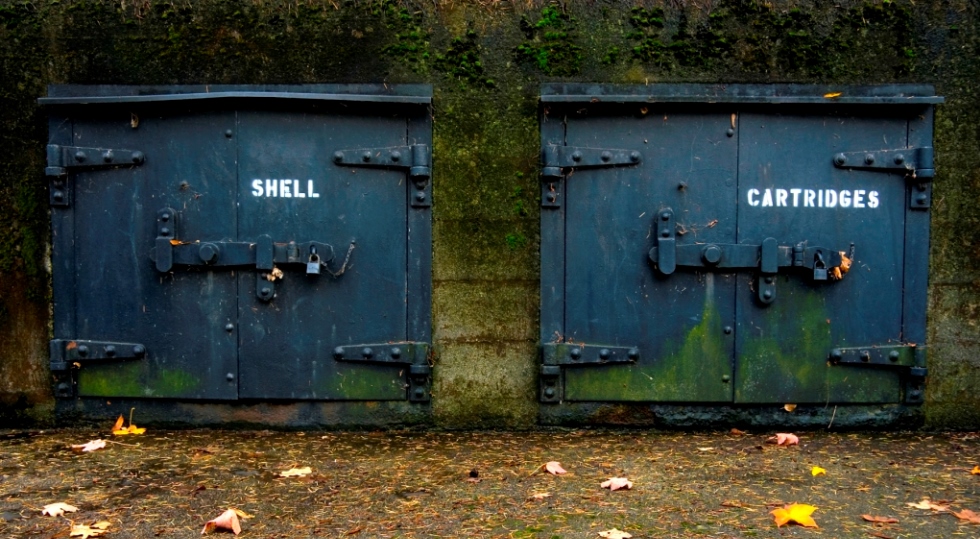|
The potential harm resulting from explosions is determined by the separation/quantity distance between potential explosion sites (PES) and exposed sites (ES), the ability of the PES to suppress the effects of the explosive event (blast overpressure, fragments and debris, fireball, etc.) and the ability of the ES to resist these effects. Planning the proper location and the type of construction of AE facilities and of the surrounding facilities/objects exposed to AE facilities are the primary considerations taken into account to ensure safety according to permissible exposure levels.
The IESC prepares a complete site plan, customized to meet the specific needs of each client, including, among others:
-
Classifications and definitions of the facilities and objects at the site and in the surrounding area.
-
Classification of the explosives, determining the risks in case of an explosive event.
-
Inspection and examination of work involving explosives (handling, storage, transport, manufacturing, etc.).
-
Determination of quantity and separation distances for permissible exposures.
-
Calculation of the storage potential or the net explosives weight (NEW) according to hazard and compatibility groups, and organization of the storage site.
-
Publication of a site plan protocol detailing findings and recommendations. |
 |



